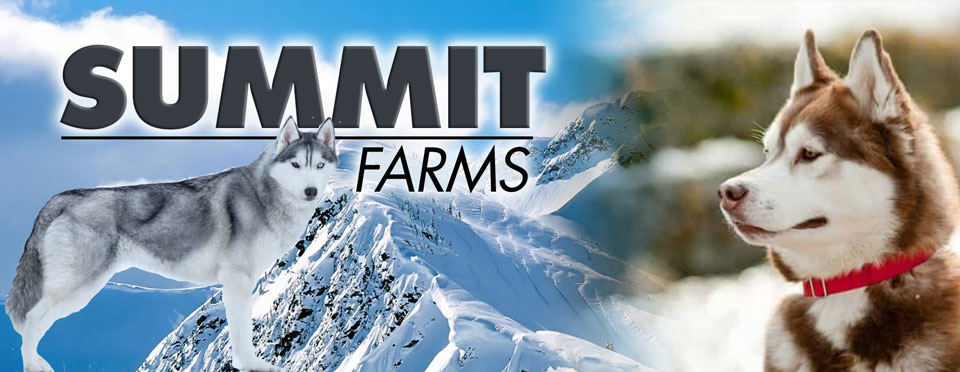Alaskan Dog Breeds
Looking for a rescue?
Be sure to check out our adoption support services
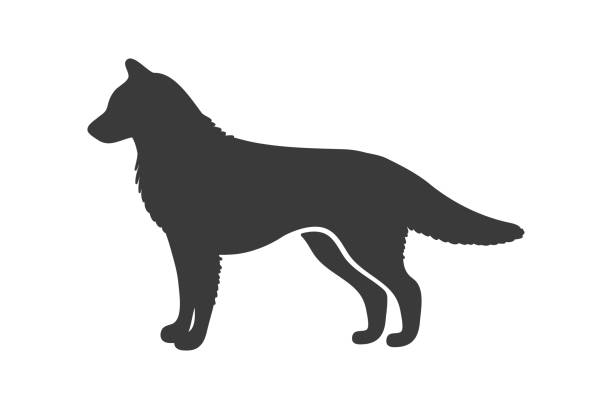
Click to learn more about a breed
Most Popular Alaskan Breeds
Facts courtesy of A to Z Animals

Alaskan Husky: When many people think of huskies, they tend to think of the well-known Siberian husky. What distinguishes an Alaskan husky from a Siberian husky, then? While having extremely similar genetic roots, the two breeds do differ in a few ways. For instance, an Alaskan husky has a more pronounced tuck-up and is leaner. The captivating blue eyes of the Siberian husky are well recognized. The Alaskan husky, however, will primarily have brown eyes.
Although they weigh about the same, Alaskans tend to be somewhat smaller in stature. The temperament of the two, though, is what genuinely distinguishes them. Alaskan huskies were raised with the sole purpose of hauling sleds. Because of their greater endurance, Alaskans are usually the breed of dog utilized in long-distance competitions. In a single day, they can run 100 miles!
The Alaskan husky, in contrast to the Siberian husky, is an unregistered breed. Even now, some still classify them as hybrid dogs. Siberians are working dogs, but they also participate in dog shows as show dogs, which may help to explain why one breed is acknowledged but not the other.
The Siberian husky, Italian greyhound, and German short-haired pointer were all combined to create the hybrid dog known as the Alaskan husky. Contrary to popular assumption, the husky is a much more recent breed of dog in North America. In reality, its Siberian husky ancestor is thought to have arrived on the continent for the first time in 1908. Before Siberian huskies were properly bred in Alaska, it required several decades of experimentation. When they did, some breeders began breeding for speed and endurance, which is how the somewhat modified Alaskan husky we see today came to be.
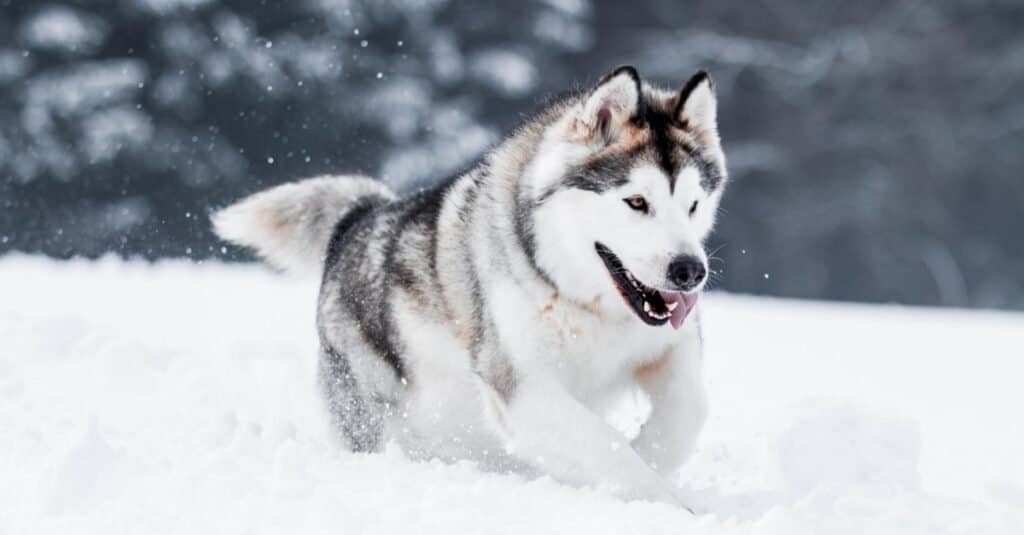
Alaskan Malamute: The biggest of the Alaskan dog breeds is the Alaskan malamute. The malamute is a powerful dog, towering over two feet tall and weighing up to 80 pounds. They are among the best canines at hauling hefty sleds because of their size.
In Alaska, the malamute was bred for a variety of purposes and occupations. In the past, they were employed for hunting seals and polar bears. Currently, their main purpose is to haul large crates of products and goods. The malamute is required to be swift, powerful, and have tremendous stamina for these tasks.
Historically, Alaskan malamutes historically played a significant role in World War II. They were primarily employed as search and rescue dogs, weapon bearers, and mine detector dogs.
The malamute is a true mainstay of sled dog breeds. They aren’t as adept at speed or long-distance travel as huskies, though. Instead, they move more slowly and cover considerably less ground. But, because of their size, they can move up to a staggering 3,000 pounds of weight when working in groups.
The malamute typically pulls camp equipment, food boxes, and other larger loads in addition to people. They will thus have plenty of energy and typically require at least two hours of vigorous physical exercise each day. The majority of the well-known arctic dog breeds and other spitz-type dog breeds share characteristics with Alaskan malamutes. Malamutes and huskies are actually quite similar, and the former is sometimes referred to as just being bigger and heavier husky.
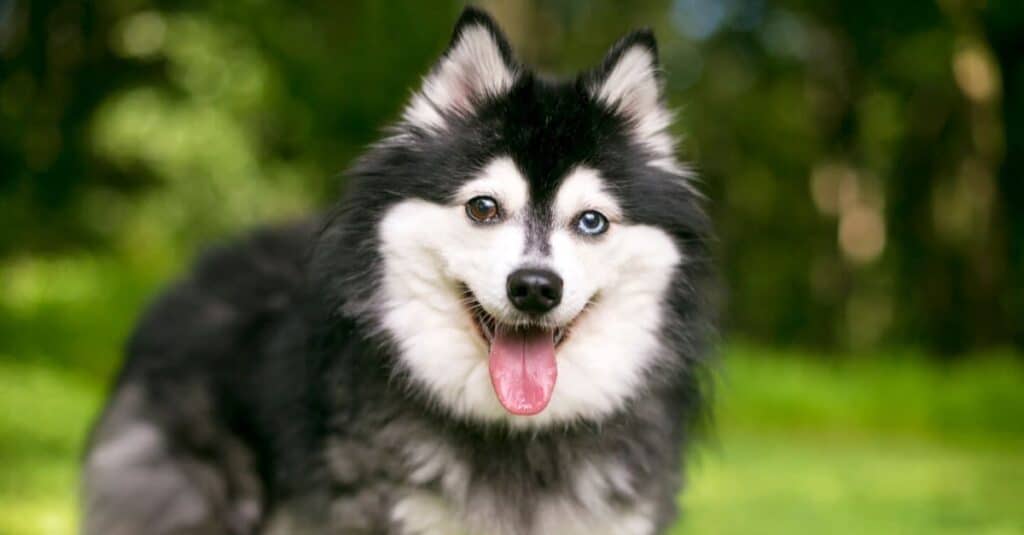
Alaskan Klee Kai: The Klee Kai dog is not the usual breed of canine seen in Alaska. The Alaskan Klee Kai was created for friendship, as opposed to the other breeds, which were developed for varied tasks in the icy environment. These little canines will only have a maximum weight of 20 pounds. In essence, Klee Kais look similar to Alaskan huskies on a smaller scale. While they share variances in temperament, the two different dog breeds appear to be extremely similar in appearance.
The Alaskan Klee Kai dogs, however, are not little huskies. These dogs were created to be friends, not working machines. The Klee Kai’s basic sizes set them apart from huskies even further. The three sizes of these dogs are toy, miniature, and standard. Therefore, some Alaskan Klee Kais can reach heights of 13 inches, while others will be slightly taller. Even the name “Klee Kai” translates to “small dog.”
Although they are a relatively new dog breed, these dogs have very quickly gained popularity. And in 1997, the United Kennel Club officially acknowledged the Klee Kai as a legitimate dog breed, establishing their status as a top Alaskan companion in the canine world.
Because they typically only have one to three puppies at a time in their exceedingly tiny litters, Alaskan Klee Kais are rather uncommon, especially outside of Alaska. The husky ancestry of the Klee Kai is said to be responsible for their bright and vivacious demeanor
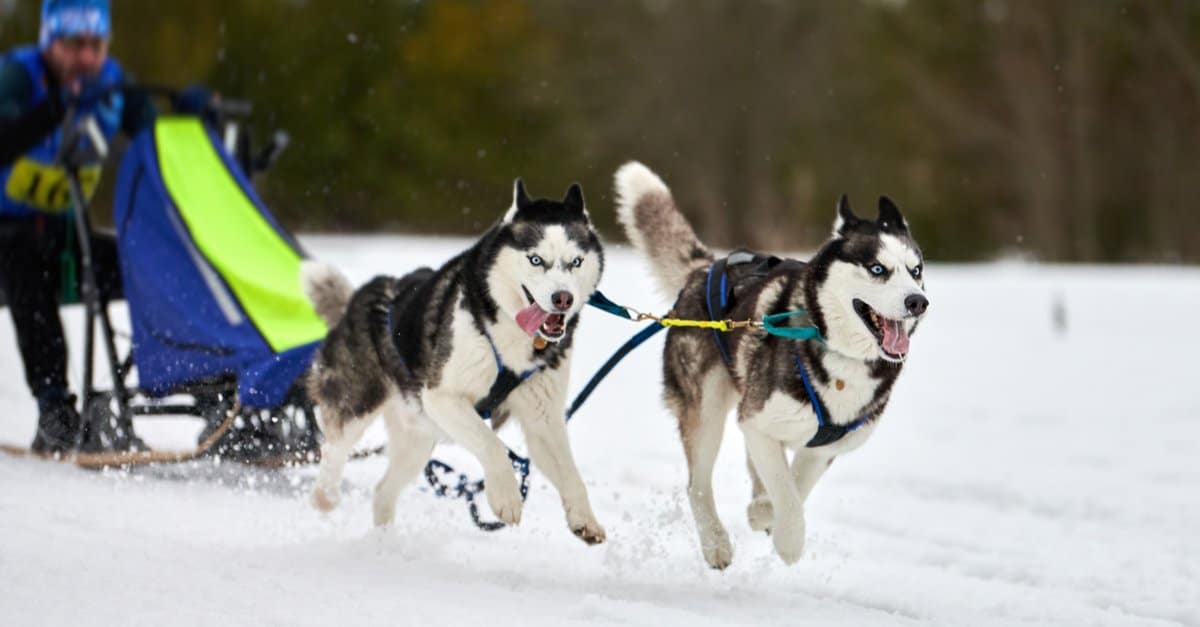
Siberian Husky: The Siberian Husky breed originated in northeast Asia. These dogs were kept by the Chukchi people as both family pets and working sled dogs. At the turn of the 20th century, this breed gained notoriety for winning sledding races, but their real rise to fame began in 1925 when Gunnar Kaasen rushed medication to Nome, Alaska. His sled dog team raced 658 miles across the frozen tundra in 5 days to deliver the serum that would bring an end to the diphtheria epidemic. His lead sled dog, Balto, is still regarded as one of the greatest canine heroes of history and even has a commemorative statue in Central Park in New York City.
Siberian Huskies have a lot of physical and temperamental traits that make them exceptional sled dogs. On the physical side, they have heavy, double-layered coats that keep them warm and dry in a snowy environment. They also have incredible endurance, which allows them to run great distances without tiring.
The temperamental trait that makes them great sled dogs is their innate ability to work as a pack. When the musher establishes themselves as leader of the pack, Siberian Huskies become eager to please their leader and work as a team to get the job done. These friendly dogs enjoy working closely with humans and other canines and rarely have any issues with aggression toward their packmates.
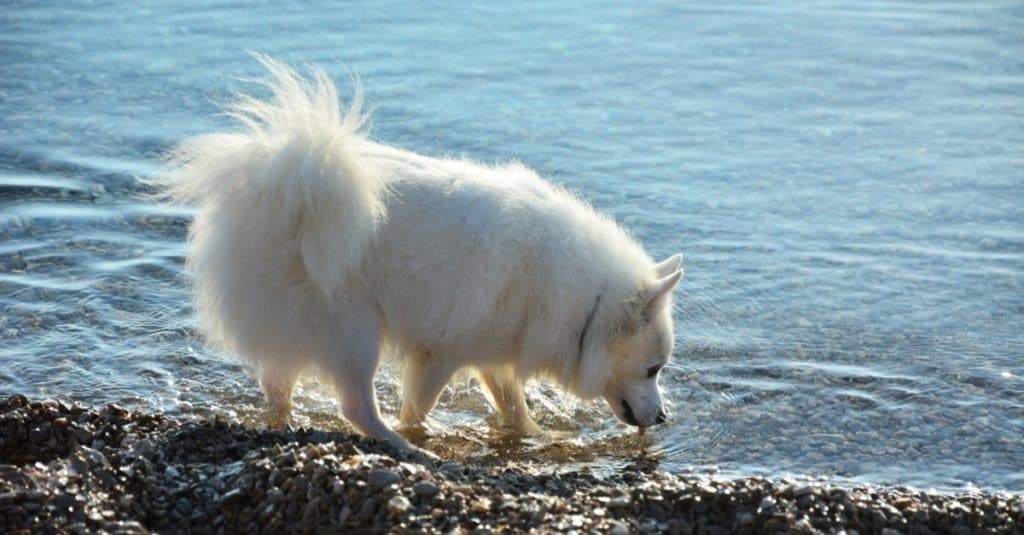
American Eskimo: Despite its name, this breed is not associated with the Inuit at all. Instead, it was bred from the German Spitz in the 19th century by immigrants who settled in the Midwest. Although originally developed as a farm dog, this breed became a popular performer at circuses and roadshows. After the United States entered World War I, the name was changed to the American Eskimo as a result of high anti-German sentiment running through the country. This breed is a great match for people who want a lovable, affable, and high-energy companion in their homes.
The American Eskimo Dog’s name is a bit misleading as the Indigenous people that are referred to as Eskimos had no part in the breed’s origin. German immigrants who arrived in the United States in the early 1800s had a great influence on the development of the Midwest. Not only did they bring Lutheranism, the brewing industry, and German-style food, but they also brought along a Nordic breed of dog known as the German Spitz. These dogs quickly became popular show dogs due to their intelligence and agility, with Pierre, an Eskie tightrope walker, being one of the most famous performing dogs of the 1930s.
When the United States joined World War I in 1917, a prejudice against German things was widespread. Thus, the name of the breed was changed to the “American Eskimo Dog,” based on the name used by a spitz breeding kennel in Ohio. Although the breed has a long and interesting history in America, it was not until 1995 that the American Kennel Club first registered an American Eskimo Dog. These little white dogs did various tasks on farms in the Midwest and later entertained audiences at the circus. Nowadays, pet owners love them because they are adaptable, fun-loving companions.
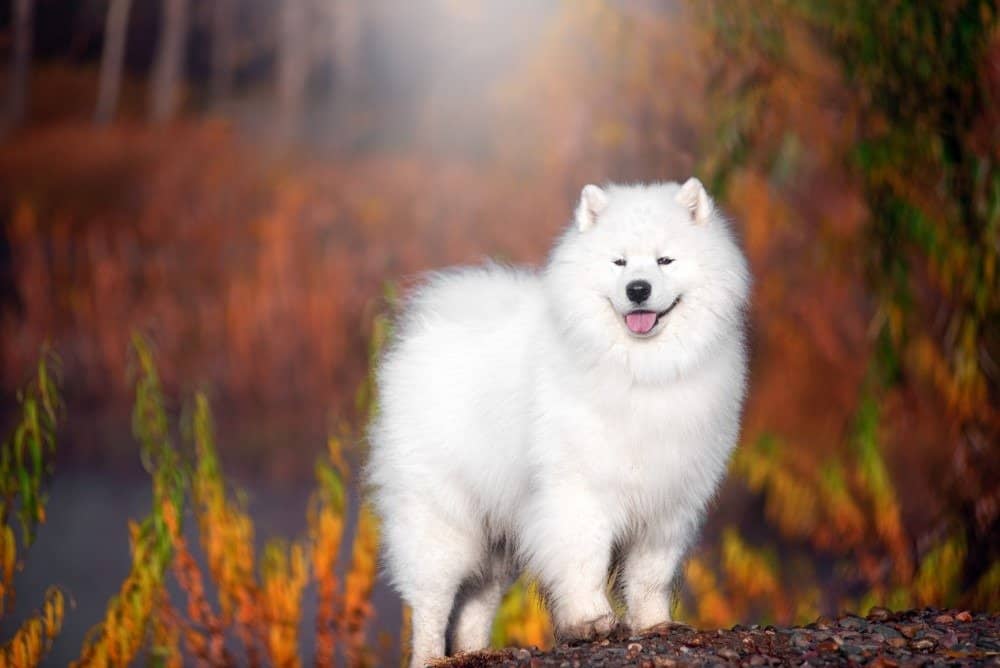
Samoyed: The Samoyed is a medium-sized dog breed. Males are a little larger than females in this breed. Most males are between 21 and 23.5 inches tall and weigh between 45 and 65 pounds. Females are generally between 19 and 21 inches tall and weigh between 35 and 50 pounds. When they are three months old, puppies weigh somewhere between 14 and 25 pounds. By six months, a puppy will likely weigh between 26 and 47 pounds. Samoyeds will be done growing by the time they are 16 months
Originating from around 1000 BCE, the Samoyed breed has remained remarkably consistent in both appearance and temperament. The breed is called Samoyed in honor of the Samoyede people, who were a nomadic group that lived in the icy tundras of northern Russia and Siberia, situated close to the Arctic Circle.
The Samoyed breed was created from a type of dog called the Nenets Herding Laika. This spitz breed was frequently used for reindeer herding in northern Siberia. During that time, the Nenets people who used the dog were sometimes referred to as Samoyeds, which eventually led to the breed being named after them.
With a history dating back more than 5,000 years, Samoyeds are among the world’s oldest breeds. Wild reindeer replaced domestic reindeer as northern Eurasia’s primary food source after the last Ice Age
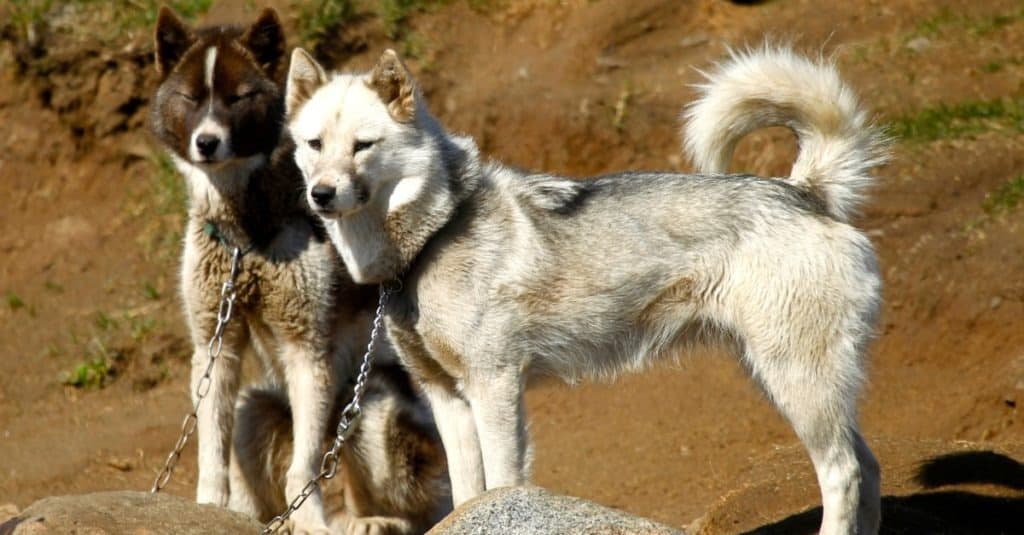
Greenland: The Spitz-type dog and rare, genetically distinct husky has a strong, powerful body and thick fur. Although it is identical to the Canadian Eskimo Dog, it is lighter and taller, and only the breed in Greenland that has been successfully maintained with restrictions for safeguarding its purity. Both were brought from Siberia to North America by the Thule people 1,000 years ago, while the Greenland Dog arrived in Greenland with the Inuit people 4,000 to 5,000 years ago.
These dogs are well known for their amazing endurance to pull loaded sleds for miles upon end, day after day! They can do this by drawing more energy from fat and protein, more quickly and efficiently than most other animals, as opposed to the need to pull much energy from fast-burning glycogen. This also allows the Greenland Dogs to be prepared to run the next day and the day after that.
Visit our Sponsors
Kirkland Brand Puppy Food - Only at Costco

